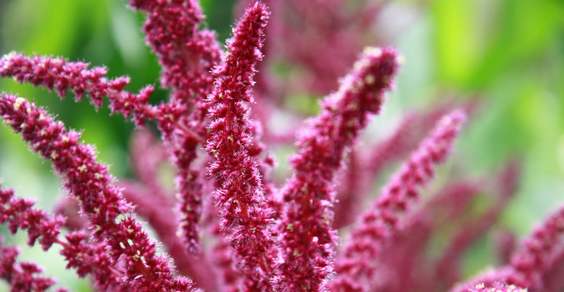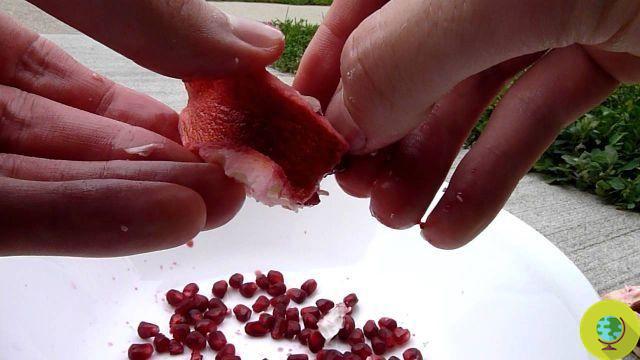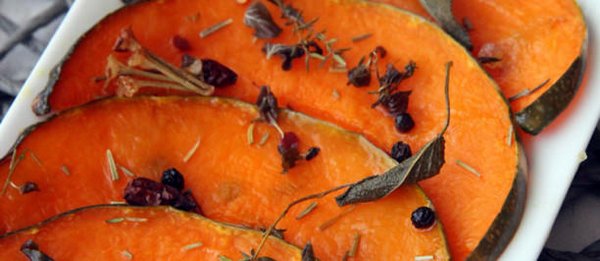How to grow amaranth. Amaranth is a plant native to Central and South America, from the cultivation of which it is possible to obtain edible grains enclosed within flowers of the shade of red from which it takes its name. The grains make amaranth similar to a cereal especially as regards its food use, even if in reality it is not. It is therefore called a pseudo-cereal. It is a particularly resistant plant, able to resist Monsanto's Roundup herbicide, designed for the elimination of weeds.
Don't store avocado like this: it's dangerous
THEamaranth it is a plant native to Central and South America, from the cultivation of which it is possible to obtain edible grains enclosed within flowers of the shade of red from which it takes its name. The grains (corresponding to the seeds) make the amaranth similar to a cereal especially as regards its food use, even if in reality it is not. It is therefore called a pseudo-cereal. It is a particularly vigorous plant, capable of resist Monsanto's Roundup herbicide, designed for the elimination of weeds.
Among the species of edible amaranth and more productive must be reported the Amaranthus caudatus, Amaranthus cruentus and Amaranthus hypochondriacus. The latter is considered the most easily cultivable variety of amaranth. The cultivation of amaranth dates back to pre-Columbian civilizations, with particular reference to the Inca and Aztec populations. It was defined as "Wheat of the Gods", due to its high nutritional properties.
Index
How to grow amaranth
It's possible grow amaranth directly starting from its seeds, represented by the characteristic spherical grains. Amaranth can be sown directly outdoors, on your own garden, or inside your home, in a seedbed. The beginning of the indoor cultivation it is recommended above all in the seasons with the most rigid climate. In fact, amaranth prefers warm to warm temperatures for its germination and development.
It is therefore advisable to sow outdoors 6-8 weeks after the last frost. There spring represents the ideal period for the sowing of amaranth, making sure that the soil has already begun to warm up. The seeds must be covered with a light layer of soil and watered immediately after sowing. Amaranth prefers soils rich in nitrogen and phosphorus, a characteristic that will allow the growth of taller plants. To enrich the soil naturally with nutrients, it is possible to use del homemade compost.

Amaranth plants grow more easily in a hot weather, placed in full sun and in a well-drained soil. During periods of greater drought they need to be watered one to two times a week. A characteristic of amaranth is that it requires a not excessive amount of water for its growth. The flowering of the amaranth will take place in mid-summer and will last until the first cold.
The amaranth grains will ripen before the onset of the cold season. To understand if harvest time has come, it is necessary to slightly shake the flowers and check that the grains begin to detach from themselves. THE groups of seeds (infructescences) will have to be collected e left to dry in the shade, after placing them in canvas or paper bags. The beans must be removed by hand once they have dried, wearing gloves. The cleaning of the seeds from the presence of parts of the flowers can be facilitated by the use of a sieve. Once the beans are completely dry, they can be stored in a vacuum container, preferably in glass.

photo source: thymes.com
Uses of amaranth
In addition to food, amaranth can be grown for ornamental purposes, given the beauty of the colors that characterize the plant at the time of flowering. The amaranth grains can be used in the kitchen after cooking. The cooking of the amaranth takes place in boiling water and must continue for about 30-40 minutes, until the beans are soft, taking into account that their consistency may remain slightly crunchy. Cooking times are halved using the pressure cooker. Amaranth does not need to be soaked before cooking, but it is preferable to make one rinse with cold water in order to limit the formation of mucilage during cooking. It is advisable to let the amaranth rest in the pot for 10 minutes before draining it, in order to allow the beans to swell.
In the preparation of soups and soups it is possible to replace the cooking water with vegetable broth. Amaranth can be consumed in broth, accompanied by seasonal vegetables, or dry, after having drained it, in the preparation of dishes that recall cous-cous and which can be enriched with ingredients of your choice, including vegetables, legumes, aromatic herbs, like parsley or rosemary.
The amaranth, once cooked and drained, can be blended together with already cooked vegetables for the preparation of soups and purées. The already cooked amaranth grains can be mixed with other ingredients, such as cereal flakes or potatoes and carrots passed through a vegetable mill, in order to form a mixture suitable for the preparation of croquettes and vegetable burgers. Finally, gods can be obtained from amaranth seeds shoots to be tasted raw, having at your disposal a sprout or a other container fit for purpose.
Where to find amaranth
Amaranth is readily available in natural product shops for food, in herbalist's shops and online, as well as in some large-scale retail outlets that have shelves dedicated to organic products. In supermarkets it is sometimes possible to identify the presence of non-organic amaranth packages. In any case, it is advisable to buy amaranth of biological origin, both for food use and for sowing, in order to be sure that the seeds have not been treated by the use of unwanted substances.
Marta Albè
Read also:
- Amaranth, the treasure of the Incas against GMOs Monsanto
- Amaranth: the "cereal" of the Incas and Aztecs


























